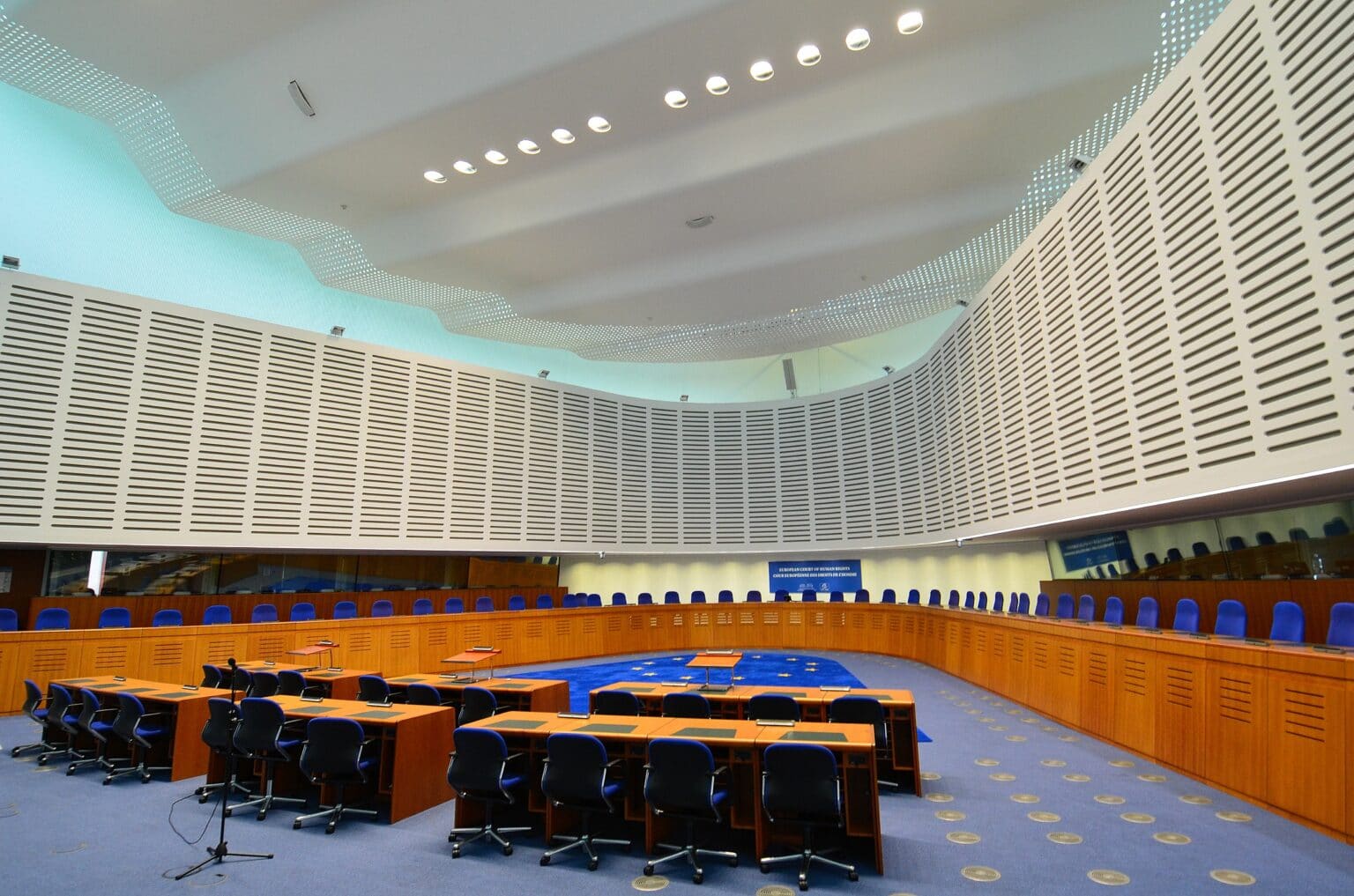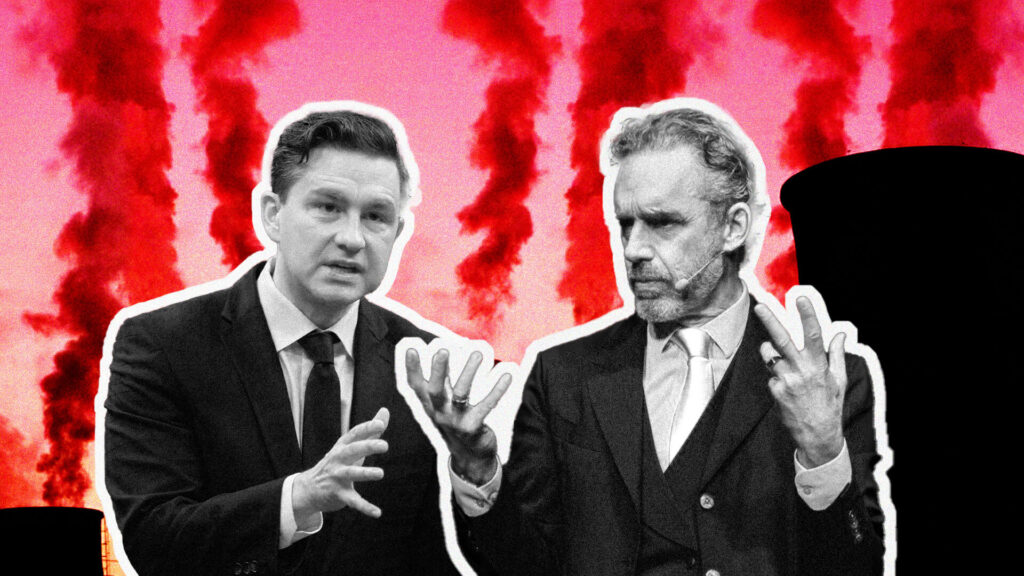The European Court of Human Rights has begun considering whether states have violated their citizens’ human rights by failing to do enough to cut emissions.
The court, which is responsible for interpreting the European Convention on Human Rights, recently accepted two climate lawsuits with similar human rights arguments but brought by very different groups of people. Both cases argue that inaction by governments when it comes to limiting dangerous global warming risks basic rights such as health and life.
Experts say this shift in accepting these types of cases signals that judges are becoming more aware that climate change is a threat to human rights. And if the European Court of Human Rights links these two issues directly in a ruling, it would set an important legal precedent that could shape future climate lawsuits across the world.
“This could be very, very useful for other litigation processes that are happening in Europe but also worldwide [and also] for other regional human rights courts,” said Maria Alejandra Serra, associate legal counsel at Greenpeace International. “The European Convention of Human Rights is always referred to as a living instrument … so I’m hoping that it will adapt to this, that is one of the biggest challenges of our generation.”
The first case brought to the court in September is by a group of young activists from Portugal under the banner of #Youth4ClimateJustice. Four children and two young adults want the court to issue binding orders on 33 states — all 27 members of the EU as well as the UK, Norway, Russia, Turkey, Switzerland, and Ukraine — to adopt emissions cuts collectively consistent with the Paris Agreement’s 1.5°C warming target.
According to the latest Climate Transparency Report, the EU’s current ambitions are not enough to contribute its fair share of global greenhouse gas emissions cutting. Among other things, it says coal must be completely phased out in all the bloc’s states by 2030.
The second case brought in November is by a group of older Swiss women against Switzerland. Campaign group KlimaSeniorinnen and four individual women say they are particularly vulnerable because their health is at risk from heat waves exacerbated by climate change.
Research found that a serious heatwave that struck Europe in 2019 was made more likely and more intense by climate change, while studies of European cities have shown an increase in mortality for every degree of temperature increase.
The claimants in both cases argue their rights under Article 2 — right to life — and Article 8 right to respect for private and family life — of the European Convention on Human Rights are being violated.
The European Court of Human Rights typically rejects most complaints it receives. So its recent acceptance of both lawsuits was considered a big move; and on top of that, it gave the Swiss case priority status. The decision was even more surprising in the Portuguese case since it did not pass all the court’s usual admissibility criteria, including having exhausted all national legal options first.
Serra at Greenpeace International, which is supporting the Swiss KlimaSeniorinnen, thinks they have a very strong case. “They have medical evidence in their favour and scientific evidence. They have exhausted every domestic remedy available to them. And also, the thing that influenced them getting priority status was their age, in that they have a limited time to assert their rights.”
During a recent speech at Goldsmiths University in London, Tim Eicke, a judge at the European Court of Human Rights, said “no issue is more pressing” than climate change. He noted that the court was not designed for environmental cases and had not yet made any rulings specifically about climate change. “It will not surprise you to hear that this has not, however, discouraged applicants from seeking to invoke the convention in the name of environmental protection.”
If the court finds in favour of the Portuguese youth or Swiss women, the court could order the relevant countries to address their human rights violations. But how that would happen in practice and how prescriptive it would be is still unclear.
The European Court of Human Rights’ approach contrasts with that of the EU Court of Justice, which is responsible for interpreting and upholding EU law.
In March, the Court of Justice dismissed a lawsuit called the People’s Climate Case on the grounds that the claimants did not have a right to challenge EU law. The case had been brought by ten families in Europe and indigenous Saami youth organisation Sáminuorra. They argued that the EU’s emissions cutting target was too low and that the bloc had failed to protect their human rights to life, health, occupation, and property.
Harriet Mackaill-Hill, governance policy coordinator at Climate Action Network (CAN) Europe which helped the families bring the case, said the Court of Justice’s interpretation of the law goes back fifty years to the “Plaumann test”. This only allows individuals to bring cases if they are uniquely affected by an issue rather than a collective. “In the 1960s this didn’t seem such a big problem; climate change wasn’t being brought in front of the court. [But] it means an individual or NGO right now cannot challenge acts that damage human beings or the planet, which is a problem.”
CAN Europe is very critical of the Court of Justice for not following the lead of the European Court of Human Rights, but will be watching the lawsuits that have been accepted closely.
Although it was always going to be unlikely that the court would accept the People’s Climate Case, Mackaill-Hill said the aim was to try to force it to change its interpretation. “It’s very difficult for NGOs to bring cases — it takes time and money — so you have to be pretty sure of yourself. But the court can change its jurisprudence. That’s why people keep trying.”
Subscribe to our newsletter
Stay up to date with DeSmog news and alerts







